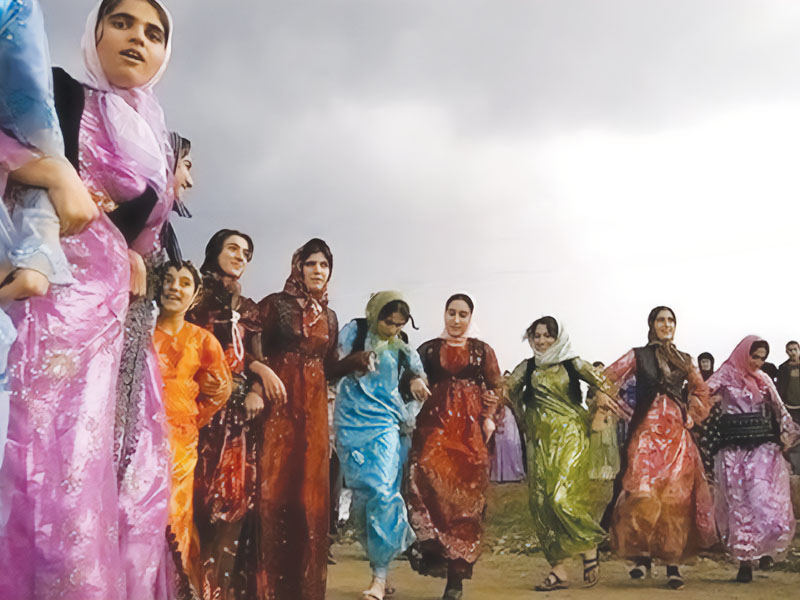Diversity in the National Heritage of Jordan: The Kurdish Sect as an Example
Issue 8

Omar Abdul Rahman Al-Sareesi (Jordan)
The paper also depicts some forms of the National Literature of the Kurd People, concentrating on some legends such as Gilgamesh, Hero of the ancient Babylonian epic in the northern part of Iraq. This legend describes the formative development of the most age-old popular opinions and beliefs, highlighting the role of the legendary hero, who possessed the characteristics of the Gods and lived in a struggle for survival and for the protection of life on earth. “The Kurdish Legend portrays the struggle between the devils and demons, on the one hand, and the human being, on the other hand, as a symbol for the ancient disastrous battle between the forces of Good and Evil on the earth”. The author sheds the light on some popular epics of the Kurd people, such as epics of heroism and poems of love. The “Poem of Damdam” was, possibly, the most wellknown epic of heroism. It is the “Poem of the Khan with the golden hand” or the “Poem of the Fort of Damdam” that shows the struggle of the Kurds under the leadership of the onehanded Amir Khan against the Iranian Shah Abbas the First during the years 1608-1610. This was the revolution of the laborious people against feudalism and dominance. Among the epics of love and amour is the “Poem of the Basket Seller” that demonstrates the social aspects of labor and hard work. The most famous of them was the “Poem of Jekh and Siamend”, in which Siamend, the farmer’s son, falls in love with Jekh, the daughter of Emir-Aga, and they stick to each other in a search for the eternal happiness. The author also cites some Kurdish popular proverbs; the most famous among them is “The Mim and Zain Tale” that resembles “Majnoon Layla” (The Tale of the Guy Who Was Crazy about Layla) in Arabic literature. He also brings forward the Kurdish popular songs, starting from songs in formal ceremonies through songs during work, songs of shepherds and farmers, to songs during marriages and dances, night songs for babies, songs for the playing kids, and women songs during some works, such as milking cows and producing milk. The author mentions that the Kurdish songs always talk about some historical events for the Nation, such as the events related to the Fort of Damdam. People vocalize these events as a glorious history. Some songs focus on popular love and amour tales, and others brings up the happy days for the Kurdish Nation. The paper demonstrates some anecdotes in a form of short stories molded in a satiric shape, within a carefully selected comic frame. These anecdotes criticize the society, tackles its political, social, and economic issues in a humorous manner, thus being a purposeful and oriented literature. Heroes of these jokes are famous for their inherited popular types, such as Juhà personality in the satiric books of Arabs, or Mella Nasredin in the Kurdish literature, or Nasrettin Hoca in the Turkish heritage, or Karakush, the servant of Saladin, the 12th century Kurdish Sultan of Egypt and Syria, or Tamerlane, the 14th century conqueror of Asia, during his talk with the Mullah. The author cites some examples from the popular Kurdish literature that mirror a sort of spoken popular culture. Also, the paper illustrates few examples of the popular material culture of the Kurdish people, as manifested in the popular dress, food, singing and musical instruments.



































































